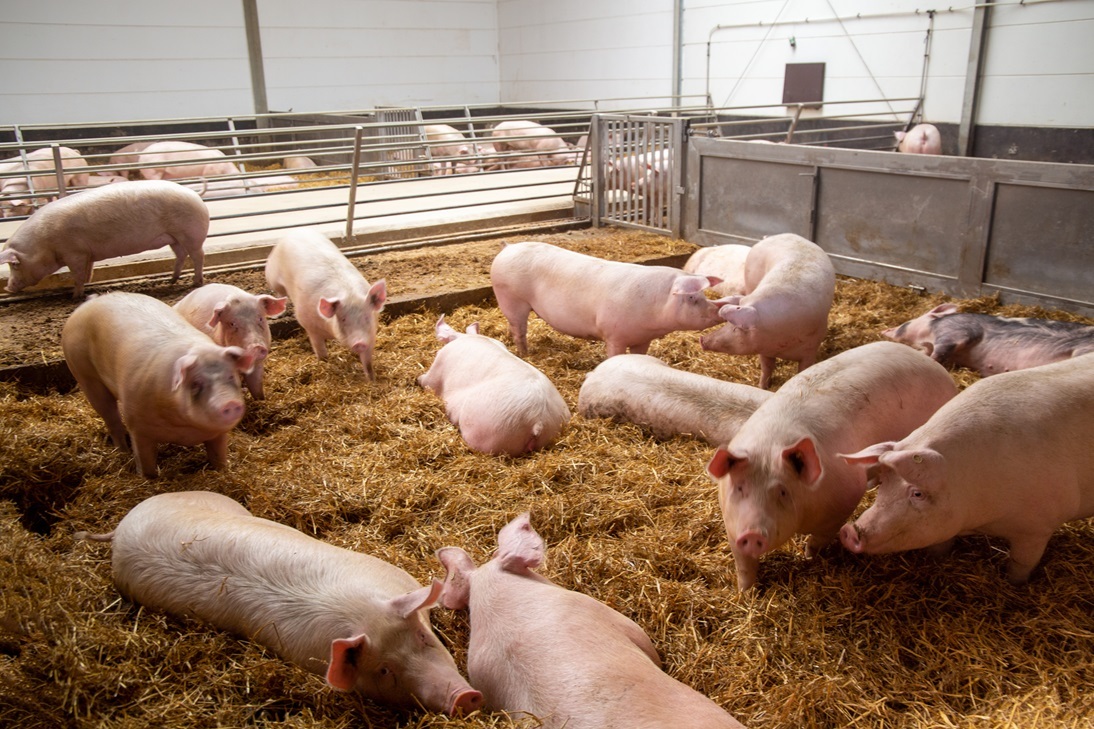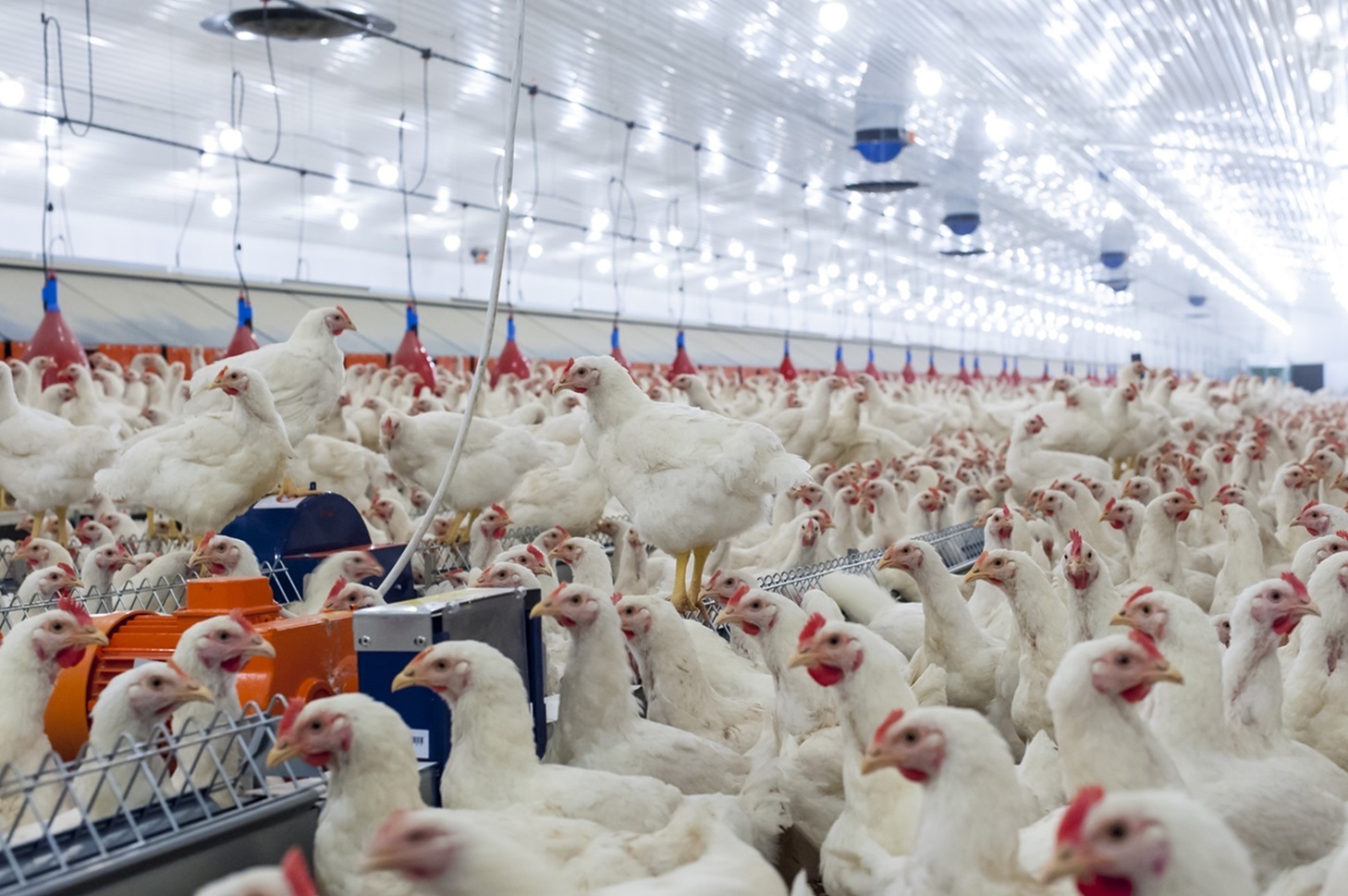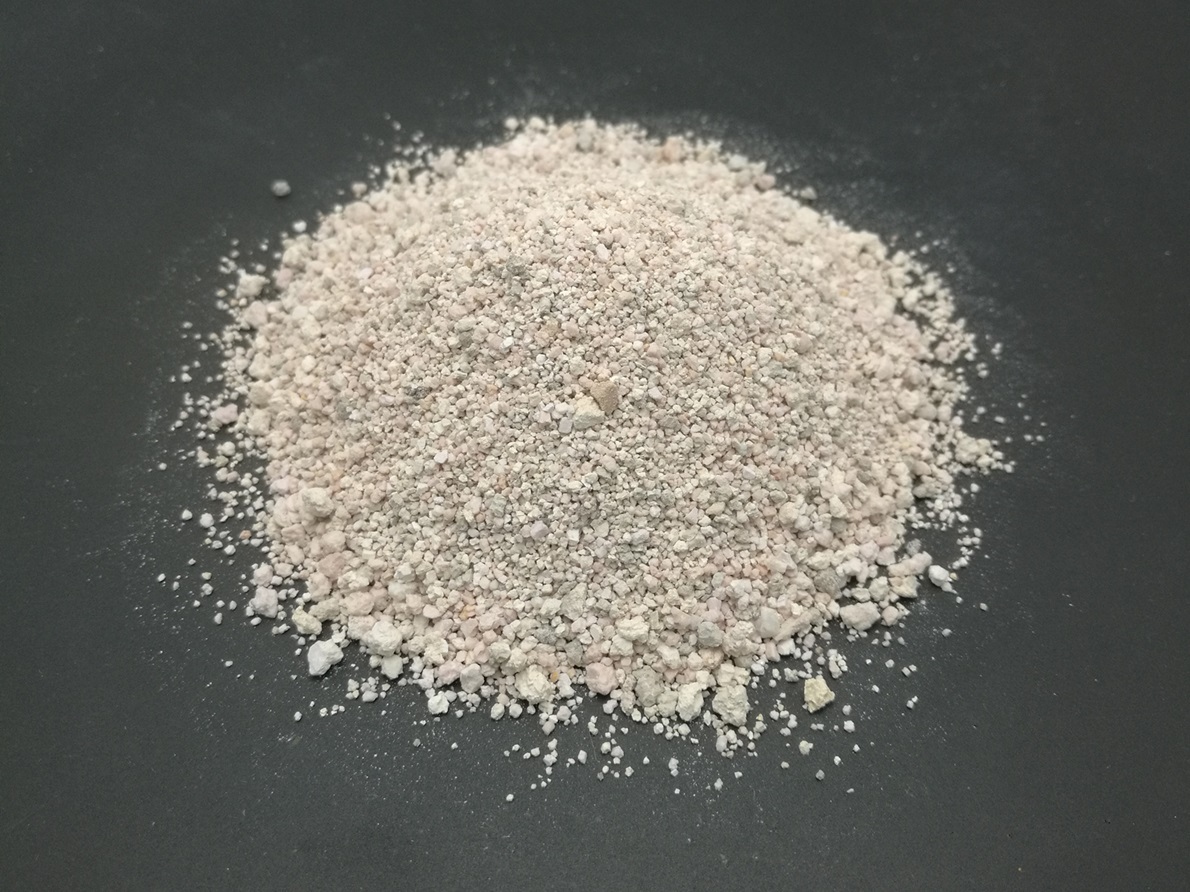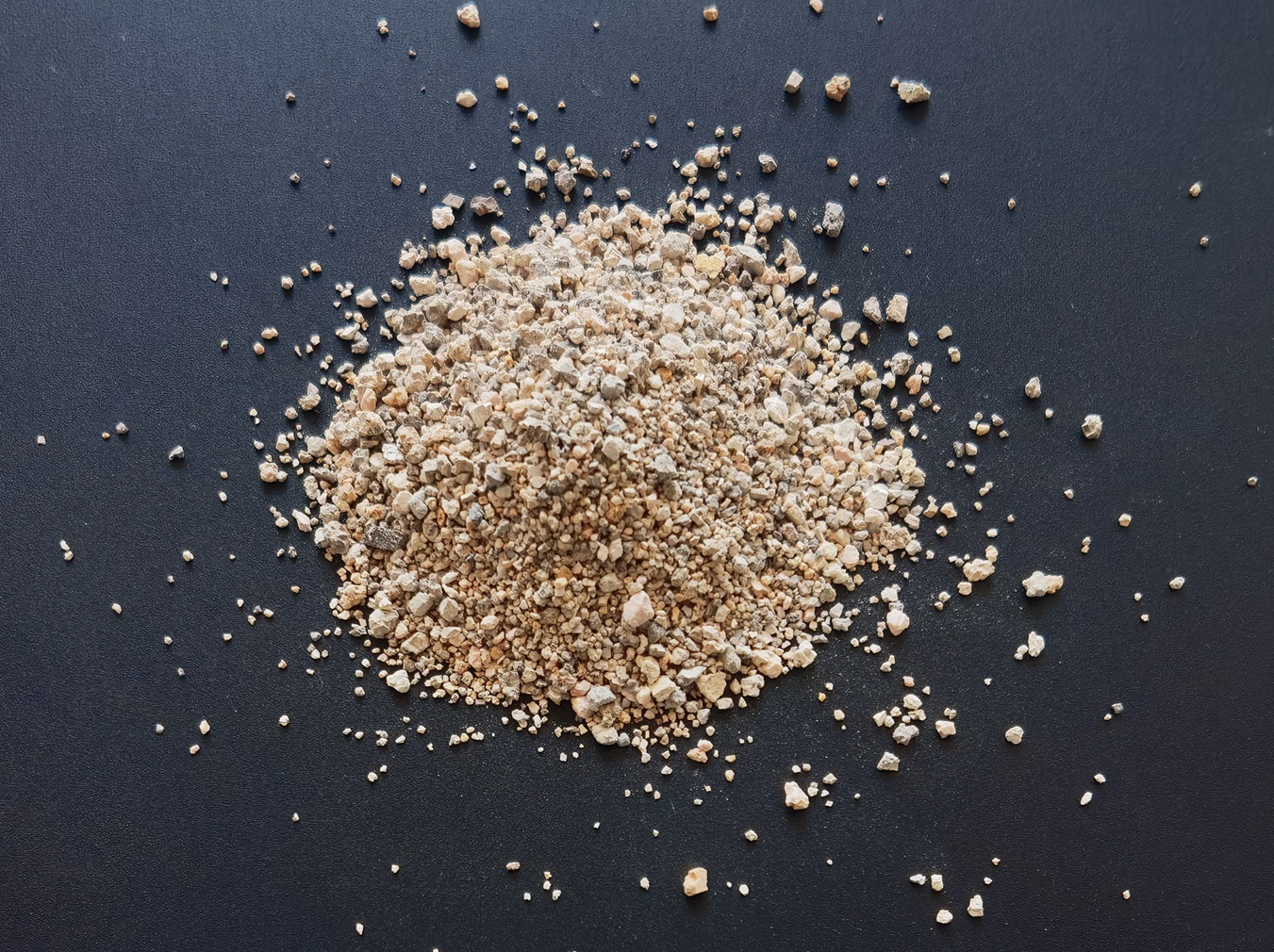Feed Additives
Feed Additives
Magnesium (Mg) is a mineral that plays an essential role as cofactor of more than 300 enzymes. Mg is required in animal nutrition because of its major role in cellular metabolism and bone development and further to avoid adverse health conditions that impair animals' health and consequently their productivity. Usually, Mg minimum requirements are met only using common feed ingredients. However, the dramatic increase in productivity of high producing farm animals over the past decades has led to new challenges in nutritional requirements to support higher animal performance (fertility and yield) and food products' quality. For this reason, Mg supplementation in animal nutrition above the minimum requirements has been regarded as a best practice to face with higher performance, mainly in terms of fertility and product quality. Generally, feed grade Magnesium Oxide (MgO) is the most used and the highest Mg-concentration mineral source available as an animal feed ingredient. Magnesium oxide usually guarantees an adequate absorption of Mg ions.
Mg Supplementation in Pig Nutrition
Normally, the minimum Mg requirement for pigs receiving a purified diet is 325 mg/kg DM (dry matter) and 400 mg/kg DM are recommended. Higher supplementations have been reported for optimum growth and reproductive performance in pigs (400–500 mg/kg DM). Thus, the dietary intake of 400 mg/kg is considered sufficient and 500–650 mg/kg Mg is recommended for pigs. On the other hand, the demand for Mg increases proportionally to the protein content of the diet. Deficiency symptoms in pigs include a strong response of the nervous system (hypersensitivity, anxiety, fear), muscle contractions and a drop in productivity (a slower growth rate because of loss of appetite). In addition, dietary Mg supplementation in pigs has been observed to improve pork quality, specifically color and drip loss.
Mg Supplementation in Poultry Nutrition
Mg supplementation in poultry is affected by the growth rate and reproductive performance, but it is usually suggested after the third week of age, for preventing leg bones malformation. After this phase, Mg supplementation is recommended specially to prevent its deficiency. By contrast, adequate Mg supplementation in poultry exerts beneficial effects, increasing weight gain of broilers and meat quality, and egg production of laying hens. The influence of increased Mg levels fed to parent stock on progeny performance is another area of interest. Parent stock's breeder's supplementation with Mg positively affects egg quality and hatchability. Recent results also showed that MgO supplementation improved FCR (feed conversion rate) and skeletal integrity and exerted a positive effect on pullet skeletal development, body weight and onset of egg production.
Mg Supplementation in Cow Nutrition
In dairy and beef cows' diets, Mg is generally recommended at 1.2 to 3 g/kg DM. An adequate dietary supply of Mg supports animal's health and prevents deficient conditions. The most important deficient conditions are grass tetany and milk fever. Grass tetany is a clinical sign of hypomagnesaemia in cows, in which Mg level in cerebrospinal fluid decreases below a critical level (<0.7 mmol/L), following a decrease in blood plasma. This impairs the synaptic activity of neurons and causes symptoms such as excitement and muscular spasms (tetany). It is recognized that the incidence of grass tetany in cows is related to the fertilization of pastures with fertilizers containing K, which impairs Mg absorption. Milk fever (or parturient paresis) is another pathological condition characterized by hypomagnesaemia and low plasma Ca concentrations (<1.4 mmol/L). Milk fever typically occurs around calving when there is a sudden increase in Ca losses through milk. Subclinical hypomagnesaemia reduces the ability of cows to mobilize calcium in response to hypocalcemia. In particular, Mg is required and involved in Ca absorption from the gut and Ca mobilization from bones, in order to maintain Ca homeostasis in plasma.
Apart from Mg deficient conditions, Mg supplementation is crucial to sustain ruminants’ performance. Mg requirement of modern dairy cows has increased, partly due to increased use of nitrogen (N) and potassium (K) fertilizers, and partly due to an increase in cow genetic merit. All cows are to some extent deficient in Mg in late pregnancy and early lactation. High producing cows (typically producing more than 40 kg of milk per day) are more at risk of Mg deficiency.
Recommended Products
The most common method used for MgO production is the calcination of magnesite. The temperature of calcination influences the crystal size and reactivity of the MgO product. CCM has the highest reactivity and greatest specific surface area compared with DBM and FM.







